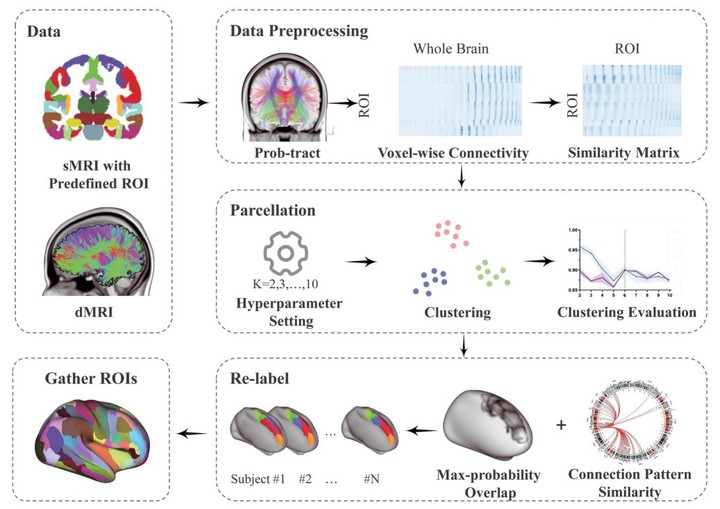
Abstract
During the preadolescent period, when the cerebral thickness, curvature, and myelin are constantly changing, the brain’s regionalization patterns underwent persistent development, contributing to the continuous improvements of various higher cognitive functions. Using a brain atlas to study the development of these functions has attracted much attention. However, the brains of children do not always have the same topological patterns as those of adults. Therefore, age-specific brain mapping is particularly important, serving as a basic and indispensable tool to study the normal development of children. In this study, we took advantage of longitudinal data to create the brain atlas specifically for preadolescent children. The resulting human Child Brainnetome Atlas, with 188 cortical and 36 subcortical subregions, provides a precise period-specific and cross-validated version of the brain atlas that is more appropriate for adoption in the preadolescent period. In addition, we compared and illustrated for regions with different topological patterns in the child and adult atlases, providing a topologically consistent reference for subsequent research studying child and adolescent development.